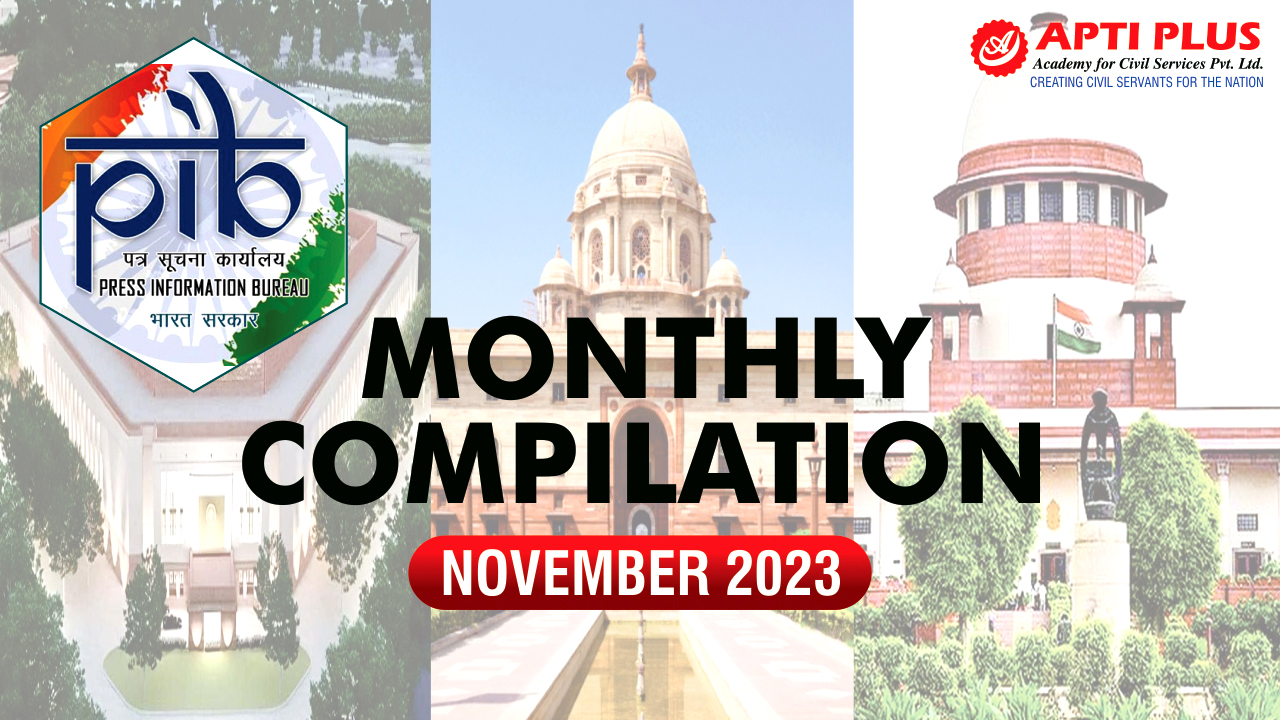Description

Copyright infringement not intended
Picture Courtesy: www.angelone.in
Context: The Indian government's privatisation efforts are facing challenges, with the focus shifting towards minority stake sales on stock exchanges over outright privatisation. This shift is seen as a cautious approach, possibly due to political considerations in the lead-up to general elections. As a result, the disinvestment target for the current fiscal year is likely to be missed.
Key points from the report
- Major privatisation plans, including Bharat Petroleum Corporation Ltd (BPCL), Shipping Corporation of India (SCI), and CONCOR, are reportedly on hold. Analysts suggest that significant privatisation activities may only resume after the general elections in April/May.
- The government had a disinvestment target of Rs 51,000 crore for the current fiscal year. Approximately 20% or Rs 10,049 crore has been collected through minority stake sales via Initial Public Offerings (IPOs) and Offer for Sale (OFS).
Disinvestment in India
- Disinvestment, also known as divestment or privatization, is the policy of the Government of India to sell or liquidate its stake in public sector enterprises (PSEs) partially or fully.
- The main objectives of disinvestment are to reduce the fiscal burden of the government, bridge the revenue shortfall, improve the efficiency and competitiveness of the PSEs, and promote market development and economic growth.

Background of Disinvestment in India
- The role of PSEs in India's economic development was crucial in the post-independence era, as they were expected to fulfil various social and developmental obligations of the nation. However, over time, many PSEs became inefficient, unprofitable, and dependent on government subsidies and bailouts. They also faced problems such as overstaffing, political interference, lack of innovation, and complex decision-making processes.
- By the end of the 1980s, India faced a severe balance of payments crisis and a low growth rate. This prompted the government to initiate economic reforms in 1991, which included liberalization, globalization, and privatization. One of the key components of privatization was disinvestment in PSEs.
The process of disinvestment in India involves various methods and mechanisms, such as:
- Initial public offering (IPO): The government sells a part of its shares in a PSE to the public through a stock exchange.
- Offer for sale (OFS): The government sells a part of its shares in a PSE to institutional or retail investors through a stock exchange at a predetermined price.
- Strategic sale: The government sells a majority or controlling stake in a PSE to a private entity, along with the transfer of management control.
- Buyback: The government sells its shares in a PSE back to the PSE itself at a fixed price.
- Exchange-traded fund (ETF): The government creates a basket of shares of different PSEs and sells them as a single unit to investors through a stock exchange.
- Asset monetization: The government sells or leases its non-core assets, such as land, buildings, roads, railways, etc., to private entities for a fixed period.
Significance of Disinvestment in India
- It helps the government to raise funds that can be used for various purposes, such as financing the fiscal deficit, investing in infrastructure development, boosting consumer spending, etc.
- It reduces the government's interference and liability in the functioning of the PSEs, which can improve their operational efficiency, profitability, and competitiveness.
- It enables the PSEs to access new technologies, markets, capital, and management practices from the private sector, which can enhance their productivity and innovation.
- It increases the participation and ownership of the public and private sectors in the economy, which can foster market development and economic growth.
- It promotes transparency and accountability in the governance and performance of the PSEs, which can improve their social and environmental responsibility.
Challenges Faced by India for Disinvestment
- Political opposition and resistance from trade unions, employees, and civil society groups, fear job losses, social costs, and loss of national assets.
- Legal and regulatory hurdles and delays, such as court cases, environmental clearances, land disputes, etc., affect the valuation and sale of PSEs.
- Market conditions and volatility, such as economic slowdown, global uncertainties, low investor confidence, etc., affect the demand and price of PSEs' shares.
- Lack of adequate competition and interest from the private sector, especially in sectors like defence, railways, power, etc., where entry barriers and risks are high.
- Lack of transparency and accountability in the disinvestment process, such as selection of advisors, valuation methods, bidding procedures, etc., raises questions of corruption and favouritism.
Way Forward to achieve the objectives of disinvestment in India
- Developing a clear and consistent policy framework and roadmap for disinvestment, with well-defined criteria and timelines for identifying and selecting PSEs for disinvestment.
- Engaging with all the stakeholders, such as political parties, trade unions, employees, civil society groups, etc., to build consensus and address their concerns and grievances.
- Simplifying and streamlining the legal and regulatory framework and processes for disinvestment, to reduce delays and uncertainties.
- Improving the governance and performance of PSEs before disinvestment, to enhance their attractiveness and valuation in the market.
- Diversifying the methods and mechanisms of disinvestment, to suit the different characteristics and requirements of different PSEs.
- Ensuring transparency and accountability in the disinvestment process, to avoid any allegations of corruption and favoritism.

Conclusion
- Disinvestment in India is a crucial policy tool for achieving fiscal consolidation, economic efficiency, and social welfare. However, it requires a holistic and strategic approach that balances the interests of all the stakeholders and maximizes the value of public assets. The government should continue to pursue disinvestment pragmatically and progressively while ensuring that the PSEs remain relevant and competitive in the changing economic scenario.
|
PRACTICE QUESTION
Q. What are the key reasons behind the Indian government's pursuit of disinvestment policies, and how have these initiatives impacted the country's economy and public sector enterprises?
|













